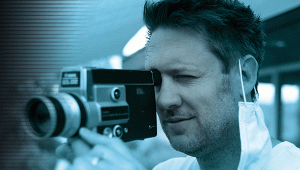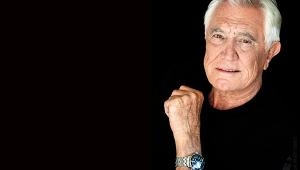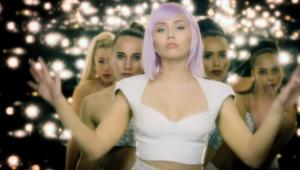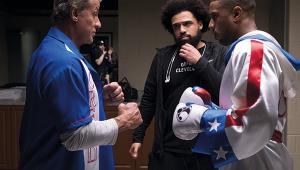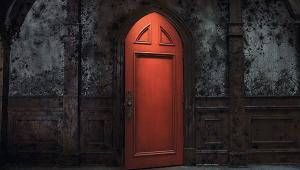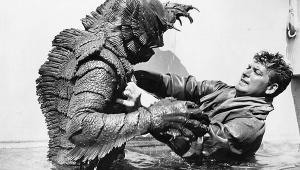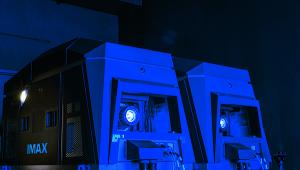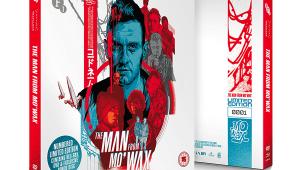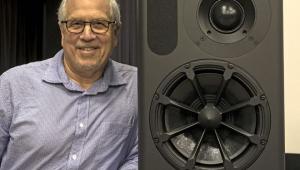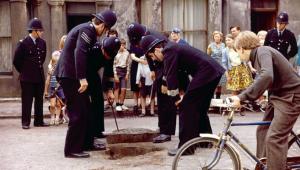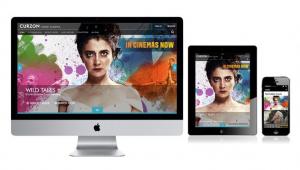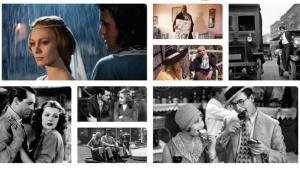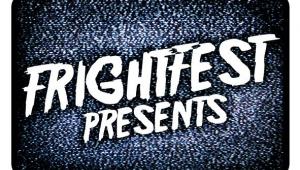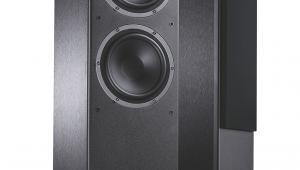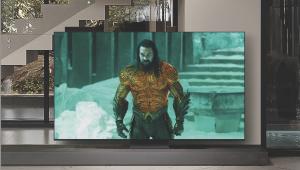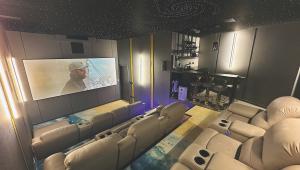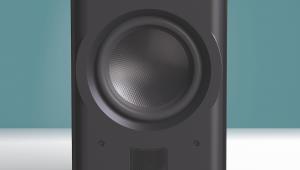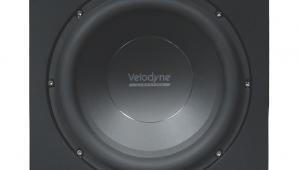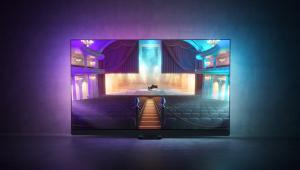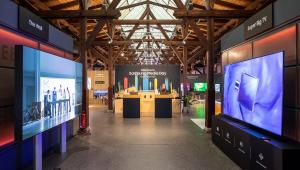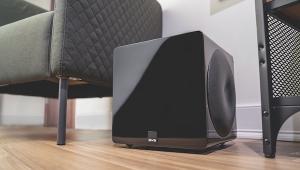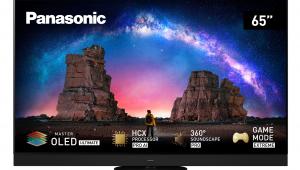Why 8K is transforming movies, and why you probably haven’t noticed yet...
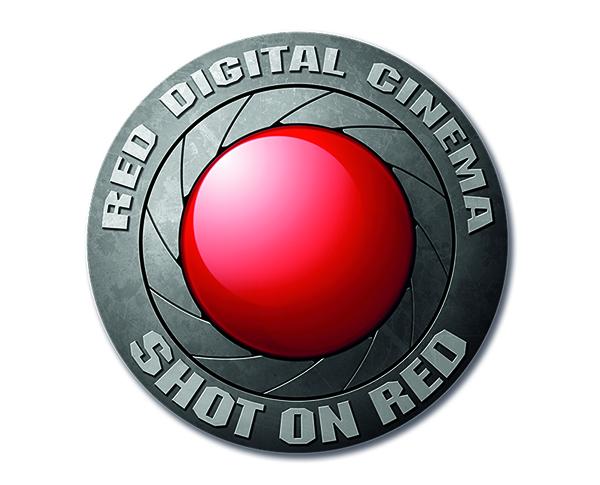
Proponents will point to Hollywood studios increasingly shooting in 8K as evidence that there’s a paradigm shift happening right now. It’s also true that Japanese state broadcaster NHK has been steadily ramping up its 8K acquisition and broadcast capabilities, in service of the Tokyo Olympics. There are even plans afoot for 8K streaming services, in collaboration with TV makers and content providers, although they're not appearing quite as early as anticipated, thanks to the COVID-19 pandemic.
So are we on the cusp of an 8K era? Not exactly. It turns out the 8K content creation story is a little more nuanced than that.
RED is the colour
To learn more, I talked to Dan Durran, from leading exponents of 8K cinematic imaging RED Digital. Durran is a workflow and post-production specialist, based out of RED Studios in Hollywood, California.
There are few more innovative camera makers than RED. It launched its first camera, the 4K-capable RED One, back in 2007. At that time even HD still seemed futuristic, and 4K consumer screens were little more than a pipe dream.
So even 13 years ago, it was fielding the same questions that now preface any conversation about 8K. The RED approach is nothing if not consistent.
‘Back then we knew that was where cinema was going to go,’ says Durran. ‘And we wanted to capture the best image quality that we could at the time. We had a 4K camera in 2007, a 6K camera in 2013, and since 2015 we’ve had 8K. So content has been recorded in 8K for the last five years, but there's been no way to see it until last year, when consumer screens first appeared.'
So what does 8K currently mean from a creator’s point of view? Its benefits are (ironically) not clear-cut, but they are game changing – and you’ve probably been enjoying them for some time without even realising it.
8K isn’t just a resolution bump, says Durran. 'We all understand the importance of image quality, but then there are other benefits you get when capturing in 8K – you get flexibility, [high-resolution] stills, visual effects, and the ability to futureproof work.'
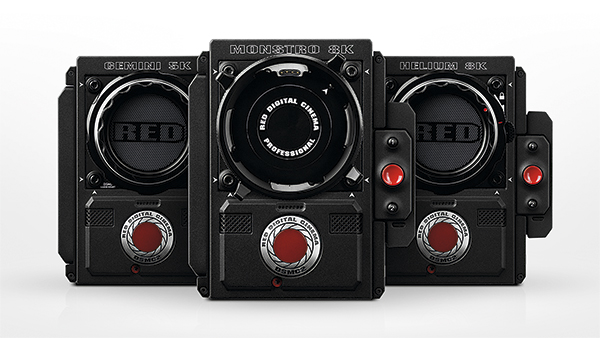
RED Digital's DSMC2 camera system can be used with its Monstro and Helium 8K CMOS sensors
The 8K proposition is obviously complicated. So let’s unpick all this a little…
At its most basic, 8K translates to greater resolution. HD 1080p offers 2-megapixel images, 4K gives you 8.3 megapixels, and 8K offers 35.4 megapixels. 'There's a lot of data being captured to these cameras,' says Durran. 'And that's just one frame. When you multiply that by 24 or 30 or 60, it ends up being a lot of data!'
Durran cites legendary camera maker Hasselblad as one example why megapixels are important, regardless of the image you end up with. 'Hasselblad’s Instagram is amazing, because when you look at those hundred-megapixel images, down sampled to an iPhone, you’re left asking, why does that look so realistic? You don’t see the pixels, it just looks organic and natural. You're seeing what the photographer was trying to capture at source.'
Shooting in 8K and then downsampling has a similarly beneficial effect. By way of example, Durran shows black footage shot on a RED camera with the lens cap on and ISO set high, purely to reveal the noise floor in all its glory.
The first example is native 1080p footage, the second is shot at 4K and then downsampled to HD, and the third recorded in 8K and then downsampled. The difference in visible noise is stark.
‘When you're capturing 8K, the pixels are always going to be smaller, and you'll not see the noise as much, so it's just going to give you a cleaner overall image when you downsample.’
So shooting in 8K cleans up noise drastically. The same thing applies when resampling, to create a 4K deliverable for Netflix, for example. Comparisons of 2K in-camera upscaled to 4K; 4K shot at 4K; and 8K downsampled to 4K are telling. ‘You can see, just as a deliverable, you're going to want to oversample and downsample, as it looks fantastic.’
Another trick of the trade 8K enables is image reframing, and, says Durran, filmmaker David Fincher is a master of it.
'It gives post-production a headache, but it's amazing. Fincher reframes every shot. So Mindhunter, House of Cards, he reframes the shot as he wants your eyes going to what he wants you to see. He's able to use the whole 8K frame, cropping whatever he needs, to give a 4K image. He only has that flexibility when working with such high resolution.'
The technique also works with image stabilization, he says. 'When you stabilise the image, you're gonna have to zoom 5, 10, 15, 20 per cent, so in this sequence [he runs a clip from House of Cards], you're able to stabilise the image and still have all that extra headroom. You're not cutting off any spatial image; you're not losing the creative intent.'
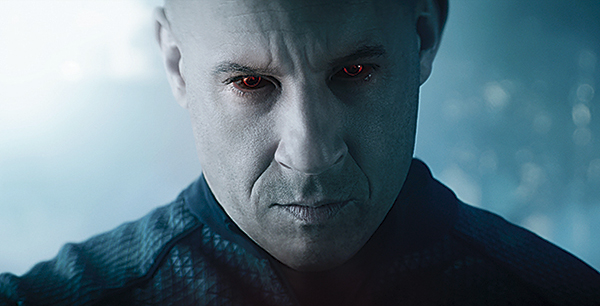
Vin Diesel's recent sci-fi Bloodshot was filmed on RED Monstro cams
Thinking ahead
Content preservation is also a benefit of shooting and mastering in 8K, I'm told.
'I Love Lucy is one of my favourite examples of this,' says Durran. 'RED Studios in Hollywood used to be the Desilu Studios [the production company founded by Desi Arnaz and Lucille Ball, in the late 1940s]. There's a lot of history at the location, and it was the home of sitcom I Love Lucy. This is a perfect example of futureproofing.
'At the time, standard-def was the status quo. Everyone shot to tape, or they used a kinescope to film directly from a video monitor, to save their content. It was good enough, right? But Lucille decided she didn't want "good enough". She wanted the highest quality possible, so she shot her shows on 35mm film. As a result, her content lasted the longest out of everyone. It's been remastered on VHS, DVD, LaserDisc... it's been on everything.
'Her creative vision has lasted longest, more so than contemporaries like Red Skelton, or Abbott and Costello. Which is another reason we’ve pushed 8K way before 8K TVs, because we want to futureproof the work, make content last a lot longer.’
Durran also espouses the benefits of 8K workflows in visual effects production. There's been much criticism of 4K movies, which invariably feature visual effects rendered at 2K, and 8K can help.
'VFX artists want the best image to start with, because it’s going to help their workflow. High detail lets you easily key an image, matte paint an image, 3D track an image, because you have more spots, more resolution, more detail to pull around the chroma key. It's just easier to work with.’
So based on this, can we assume an avalanche of 8K movie content is on the horizon? Well, no. Take excited tales of native content with a pinch of salt. But the technology is part of the modern movie lexicon. This is the start of something special.
 |
Home Cinema Choice #351 is on sale now, featuring: Samsung S95D flagship OLED TV; Ascendo loudspeakers; Pioneer VSA-LX805 AV receiver; UST projector roundup; 2024’s summer movies; Conan 4K; and more
|


